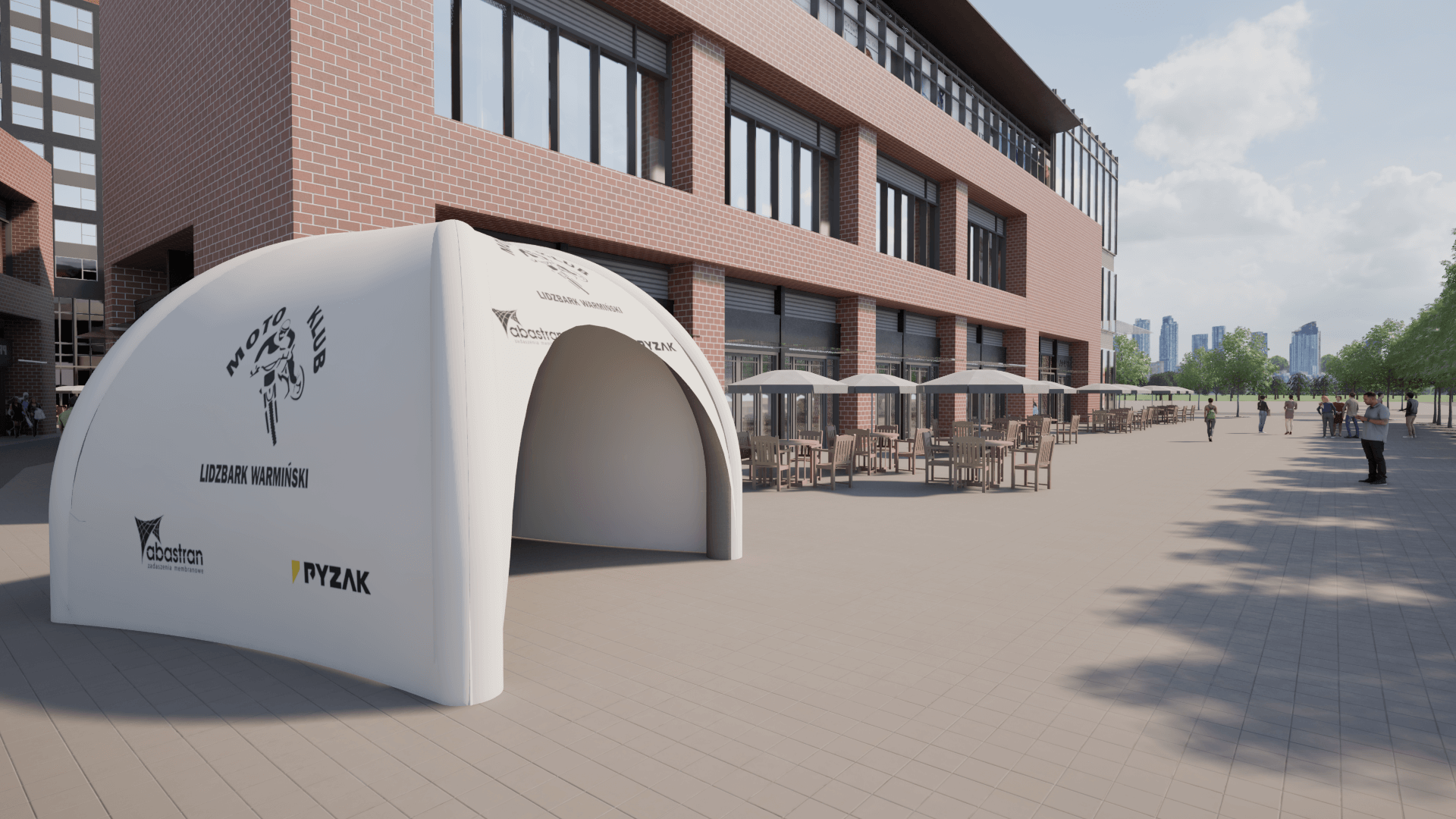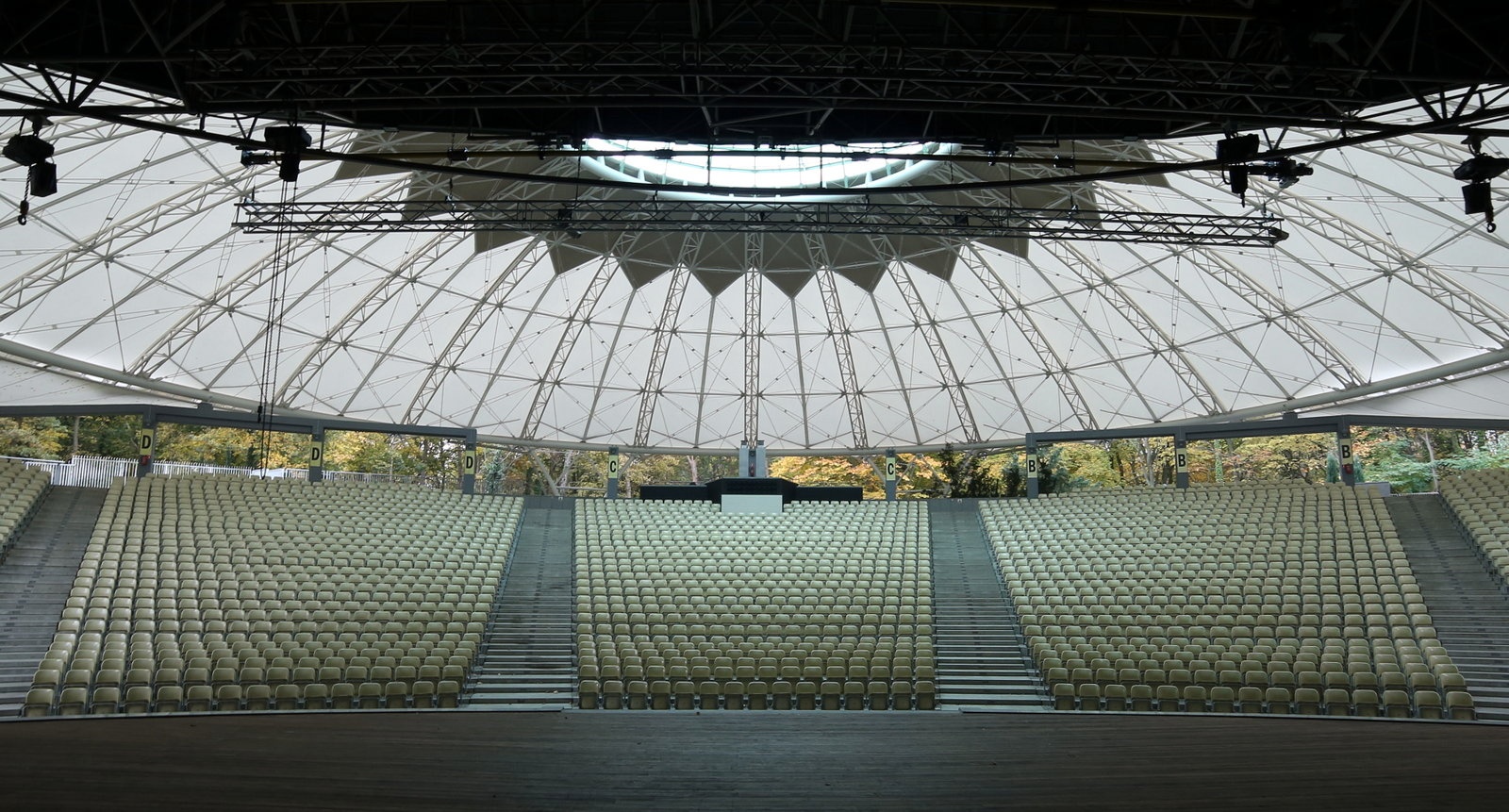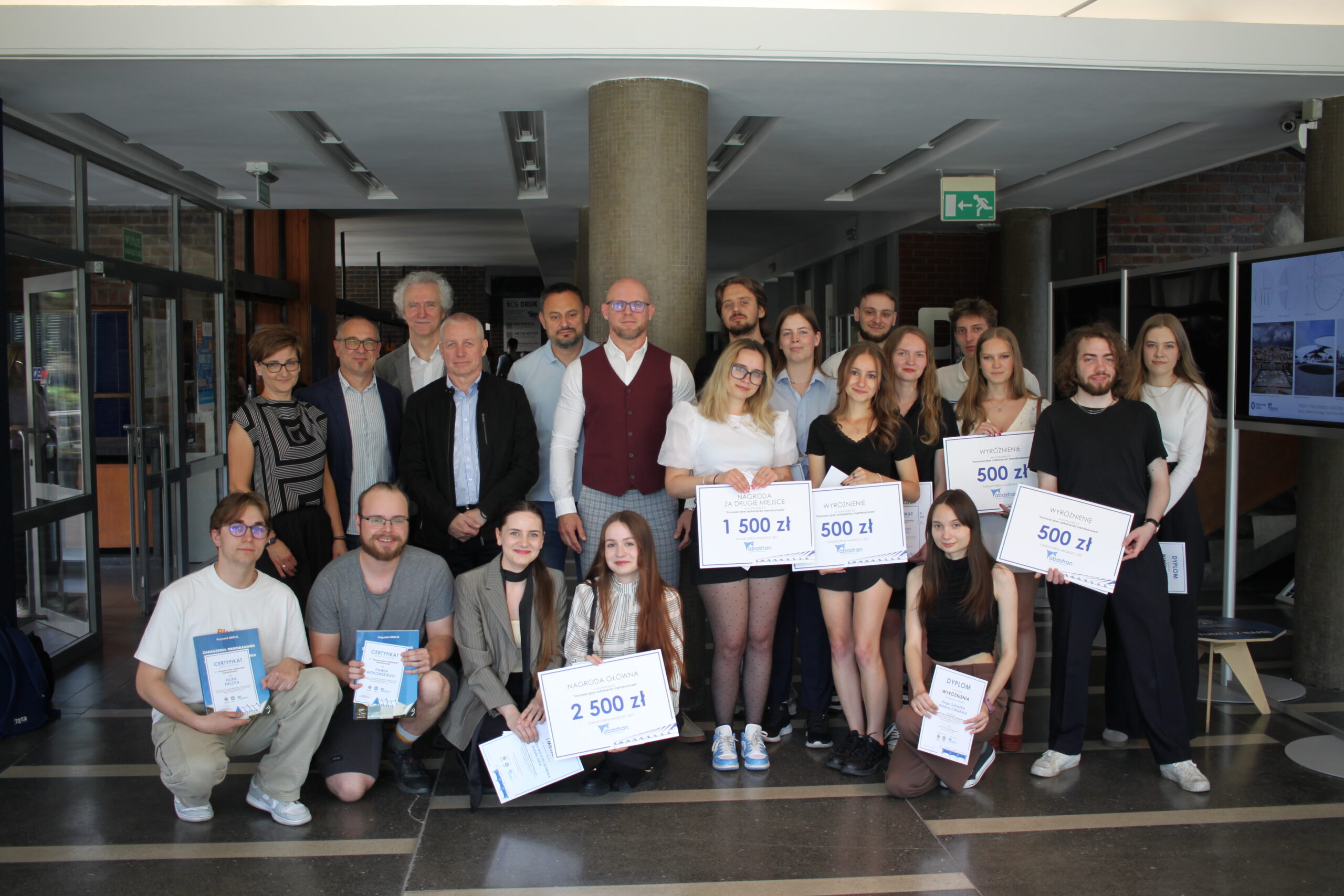
Production of Membrane Roofs from Technical Fabrics
Membrane roofs are gaining increasing popularity in the construction industry due to their unique aesthetic and functional properties. Membrane structures enable the creation of unique architectural forms that can become the hallmark of any building. They offer not only an attractive appearance but also solid technical parameters, which are crucial for the durability and safety of the entire structure.
Advantages of Membrane Roofs
Membrane roofs stand out among other solutions due to their numerous advantages, which you can learn more about in this article. First of all, the technical fabrics used in membrane production are highly resistant to weather conditions such as wind, snow, and rain. Additionally, they are extremely lightweight, which greatly facilitates installation and minimizes the load on the supporting structure.
The Production Process of Membrane Roofs
The production of membrane roofs is a complex process that requires advanced technical knowledge and precise execution. It all starts with design, where understanding the specific material and its properties is key.
Design and Planning
In the design phase, special attention is paid to optimizing the shape and selecting the appropriate materials. Designers must consider not only aesthetics but also technical aspects such as mechanical loads and the impact of weather conditions. Thanks to modern computer tools, it is possible to create precise 3D models that allow for detailed planning of each stage of production and installation.
Material Selection
The choice of materials is a crucial stage in the production of membrane roofs. The technical fabrics used in membranes must meet high strength requirements. The most commonly used technical membrane is PVC coated with PVDF, which is characterized by excellent resistance to external factors and long durability. Additionally, this material is specially protected against mold, which is particularly important for outdoor structures.
Production Process
The production process of membranes includes several key stages, such as cutting, welding, and assembling the structural elements. Precise cutting of the material and its subsequent welding are crucial to ensure the accurate fit of all components. In this aspect, we collaborate with Abastran Europe, which offers precise CNC plotter cutting services. The finished elements are assembled on-site, where final quality tests are also conducted.
Applications of Membrane Roofs
Membrane roofs are widely used in various types of buildings. They are an ideal solution for both large sports facilities and smaller structures such as terraces or playgrounds.
Sports and Recreational Facilities
Membranes are often used for roofing stadiums, sports halls, and swimming pools. Their lightweight construction allows for the creation of large, free-span spaces that provide freedom of movement and excellent conditions for practicing sports. Additionally, the acoustic properties of membranes can be tailored to the specific needs of sports facilities, making them even more functional.
Commercial and Public Structures
In public spaces, membrane roofs are used to create attractive meeting places such as amphitheaters, market squares, and outdoor restaurants. Thanks to the ability to create various shapes, membranes can be adapted to the needs of different investments, highlighting their unique character.
Private Roofs
In the private sector, membrane roofs are used on terraces, in winter gardens, or as sunshades. Their aesthetic appearance and the ability to be customized to individual needs make them a popular choice among homeowners and apartment owners.
Conclusion
The production of membrane roofs from technical fabrics is an advanced process that combines modern technologies with aesthetics and functionality. Thanks to the unique properties of the materials, such as weather resistance, durability, and flexibility in shaping form, membrane roofs are becoming an increasingly popular choice in many sectors of construction. Whether we are talking about large sports facilities, public spaces, or private gardens, membranes offer solutions that will meet even the most demanding expectations.

Advertising Tents as an Investment – How to Increase Brand Recognition at Events?


Competition for Innovative Membrane Roofing – Results and Inspirations
This year, we had the pleasure of organizing a competition together with the Faculty of Architecture at the Silesian University of Technology for 6th-semester students to design innovative membrane roofing. The award ceremony, held at the Faculty of Architecture in Gliwice, was the culmination of the young designers’ creative and technical journey.








